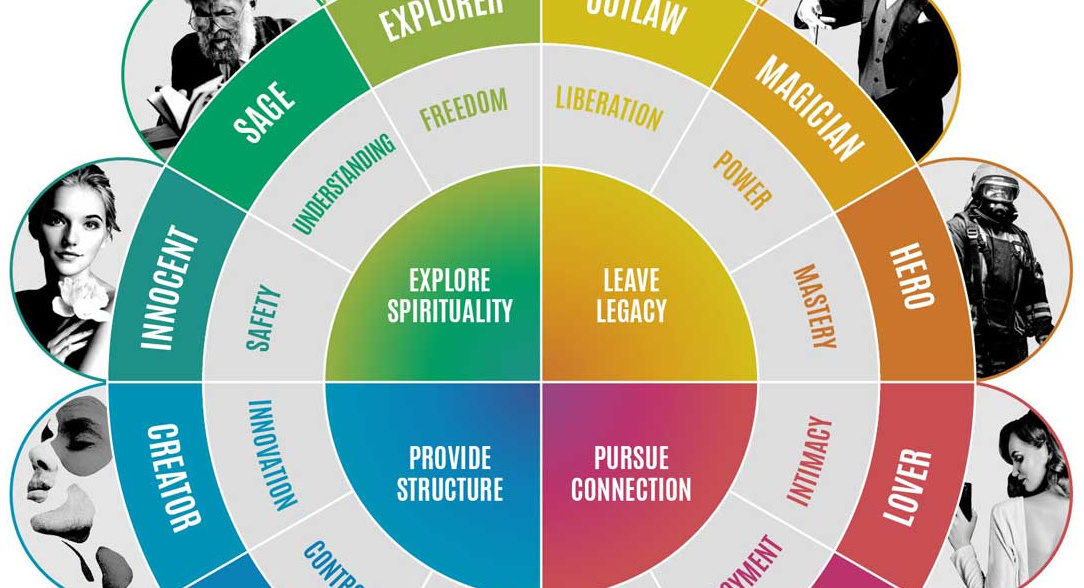Cohesive and engaging storytelling is a key to building a brand’s identity. It is the bridge connecting a brand’s identity with the psyche of consumers. It can be even described as a spark that immediately gets the audience invested in your vision. By the way, you must have definitely experienced it – there are inspirational plots as old as time. As soon as you learn the story, it sparks something deep within your heart. You start recalling personal memories and emotions… Do you remember the witty Old Spice ad from 2010,“The Man Your Man Could Smell Like”? The mix of masculinity and absurd humor made it an instant hit of empowerment. It motivates you to be confident and overcome daily challenges. This is how memorable and powerful storytelling works. And today we will talk about archetypes. These are universal concepts that can be applied to corporate storytelling. Be it a luxury goods brand or a bookmaker company like Kenya bet, the brand’s identity can be aligned with a certain archetype.
Carl Jung & Collective Unconscious: Discovering The History Of Archetypes
The concept of archetypes traces back to the Swiss psychologist Carl Jung (1875-1961). According to his research, there are symbols, patterns, and characters that are universal across all cultures. They build Collective Unconscious – collective ideas, experiences, and patterns. We, humans, inherit them by birth and innately understand them. You can find these timeless concepts in myths, religion, movies, music, and literature. The author Carol. S. Pearson applied Jungian archetypal figures to the theory of business. She wrote about the effectiveness of corporate storytelling with these classic archetypes. Align your brand’s identity with one of the 12 universal archetypes and create engaging marketing messages! Your customers will understand and relate to them at a fundamental, primal level.
12 archetypes picture personalities with certain desires, aspirations, and values. Basically, they are built on four key values – Mastery, Security, Independence, and Connection. The Outlaw, The Hero, and The Magician archetypes answer our desires to change the world. They resonate with people who always think outside the box and want to find extraordinary solutions. The Outlaw is a master at shaking up existing paradigms and breaking the rules. The brands like Diesel brilliantly embody this archetype. The Hero, aligning with brands like Nike (“Just do it!”), is driven by the desire to overcome challenges. The visionary Magician fosters wonder and fits the Disney brand.
In contrast to the “Mastery” archetypes, the Creator, The Ruler, and the Caregiver are associated with safety. Think of the Rolex brand, which exudes power, security, and confidence (The Ruler). The Creator archetype, embodied by brands like Canva, is always seeking to create something. The Caregiver is about helping others and preventing harm from happening. Three archetypes, embracing independence, are the Explorer, the Sage, and the Innocent. They are frequent personas for brands like Patagonia because of individuality. And the archetypes, fostering our desire to be accepted, are the archetypes of Lover, Everyman, and Jester.
Shaping Your Brand’s Identity With An Archetype
So, how to choose a silent storyteller for an unforgettable brand’s persona? What are the core principles of your brand? Some archetypes are particularly well-suited for specific industries. The Caregiver archetype perfectly aligns with brands like UNICEF and Johnson & Johnson. These are nurturing and socially responsible brands. Since the Lover’s archetype is all about sensuality, it appeals to customers of lingerie brands. The name of the fashion brand Intimissimi that specializes in lingerie creates a sense of intimacy. As soon as you hear the name of the brand, it taps into emotional. And as soon as you choose the brand archetype, you should apply it to your brand’s identity. Keep a narrative and branding style consistent, craft a story, and let your brand shine!


